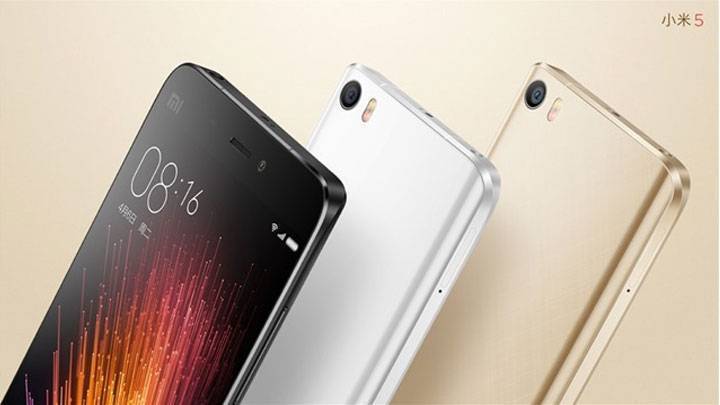Xiaomi grew more in 2017 than Apple, Samsung and Huawei combined
Watch out for this one

At the end of 2017, Xiaomi was able to do something that not even Samsung, Apple or Huawei could do: double its quarterly shipments. While other brands experienced a downturn, the up-and-coming Chinese company saw nothing but green, selling 14 million more phones than it did in the same period last year.
This is the icing on the cake for Xiaomi's 2017, in which it sold 92 million smartphones – up from selling 53 million in the previous year.
That's a whopping 74.5% increase.
If your head wasn't already turning from Xiaomi's bold Mi Mix 2 or Xiaomi Mi A1 smartphones, these numbers ought to do the trick – and it ought to get the attention of the other big phone makers.
Part of Xiaomi's 2017 success came from expanding into Spain, the company's latest step in moving westward. As IDC indicates, its record numbers were also brought on by releasing well-crafted budget phones like the Xiaomi Redmi 5A in innovation-hungry markets, such as Russia, India and Indonesia.
There's only up from here
Comparing the growing Chinese company's strategy to the likes of Apple and it's easy to see that Xiaomi, now the fifth largest phone maker in the world according to IDC's yearly result, is putting a lot of focus in physical retail locations.
Theoretically, it's easy enough to release phones in a region, but it's another thing entirely to build a brick-and-mortar presence.
Sign up for breaking news, reviews, opinion, top tech deals, and more.
Brands like OnePlus and Honor have experienced success without doing so, but Xiaomi is clearly becoming a household name in more places than its native country, and sticking with retail locations might be its path to stay moving forward as it pushes to new regions.
Looking at growth is all about perspective. Sure, Apple, Samsung and Huawei are respectively spanking Xiaomi, shipping upwards to three times as much. But no other company in the top five (Samsung, Apple, Huawei, Oppo, Xiaomi) has grown so rapidly in the year.
In fact, most of them have stagnated, at least comparatively speaking. Samsung’s year-over-year change in smartphone shipments was 1.9% over 2016. Apple's? Just 0.2% – and that's with the iPhone X in the mix.
2018 will be a defining year for many smartphone makers, but seeing Xiaomi's growth bubble ever-outward will be one of the more interesting things to watch.
- Maybe we'll see a new Xiaomi phone at MWC 2018?

Cameron is a writer at The Verge, focused on reviews, deals coverage, and news. He wrote for magazines and websites such as The Verge, TechRadar, Practical Photoshop, Polygon, Eater and Al Bawaba.
